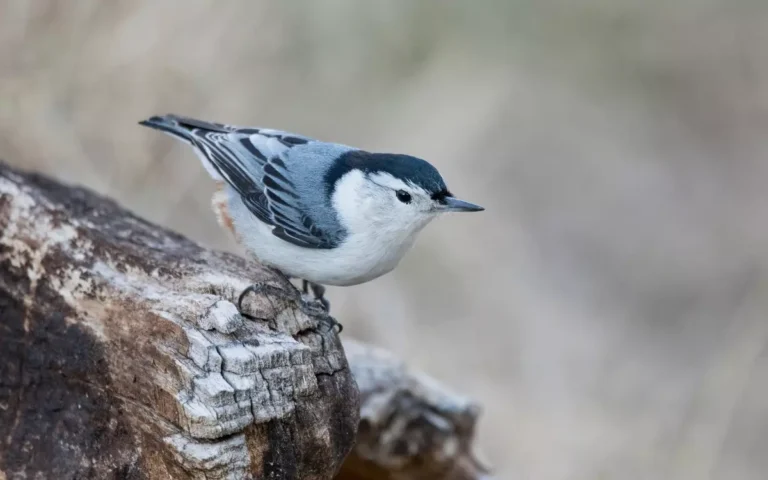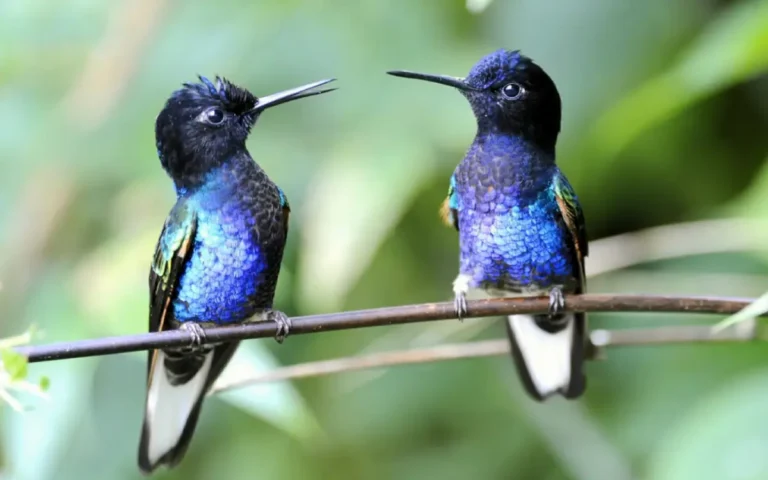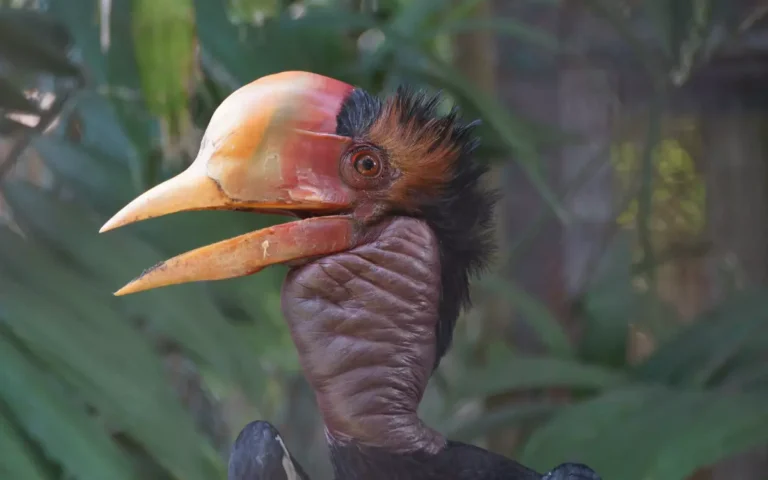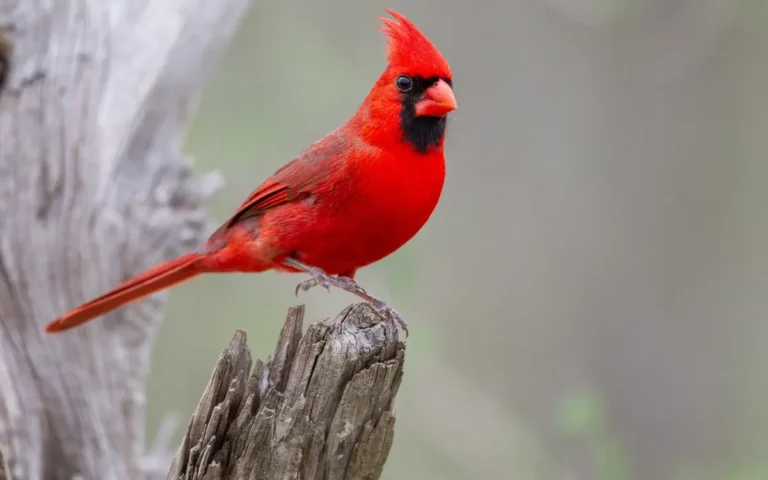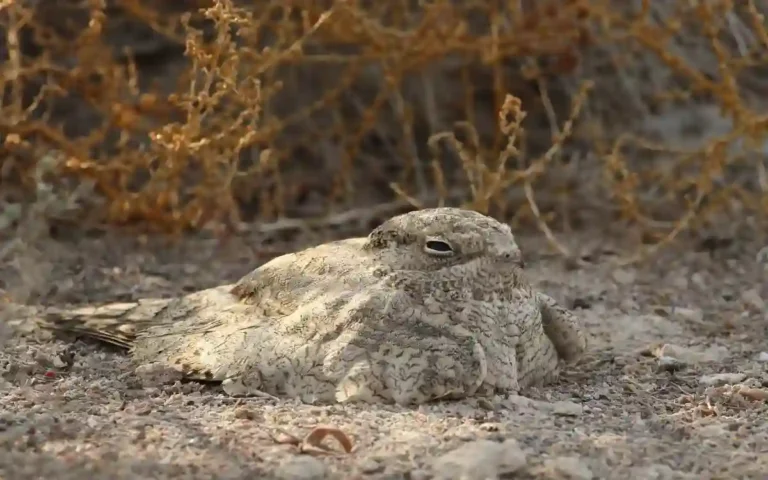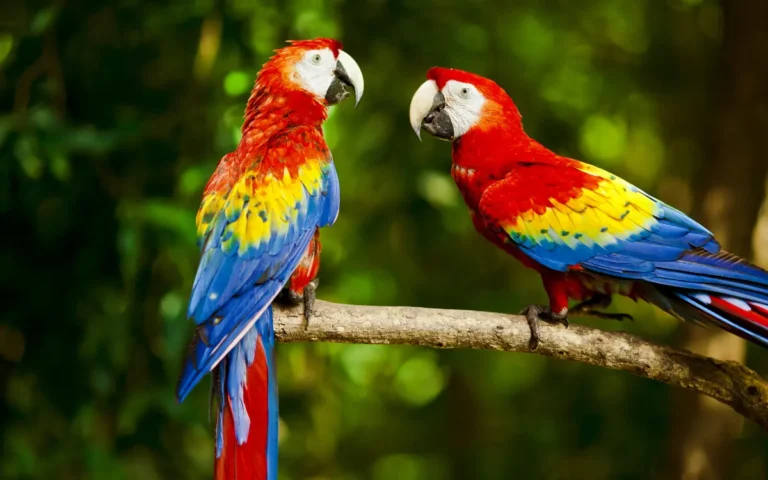19 Most Interesting Birds in the World: A Fascinating Look
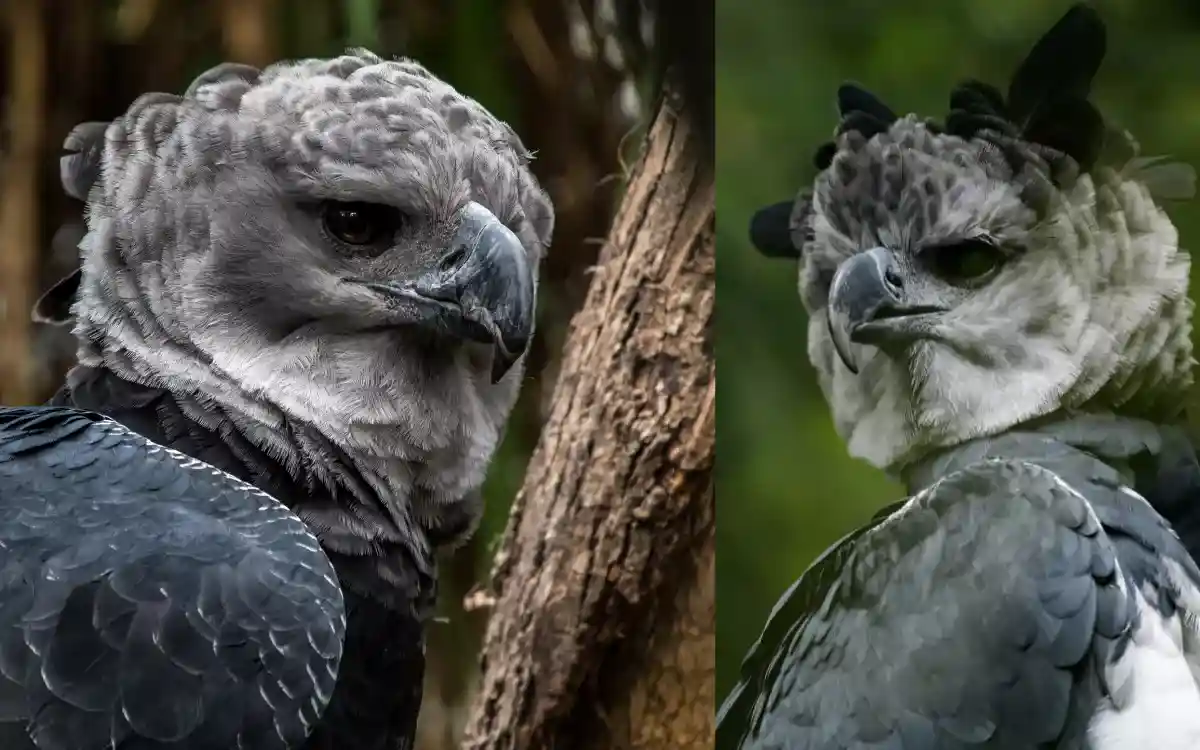
Welcome to our examination of the Most Interesting Birds in the World. From the radiant Quetzal to the Rainbow Lorikeet, find the gorgeous variety of the planet’s most interesting avian species.
19 Most Interesting Birds in the World:
1.The Resplendent Quetzal – (Resplendent quetzal):
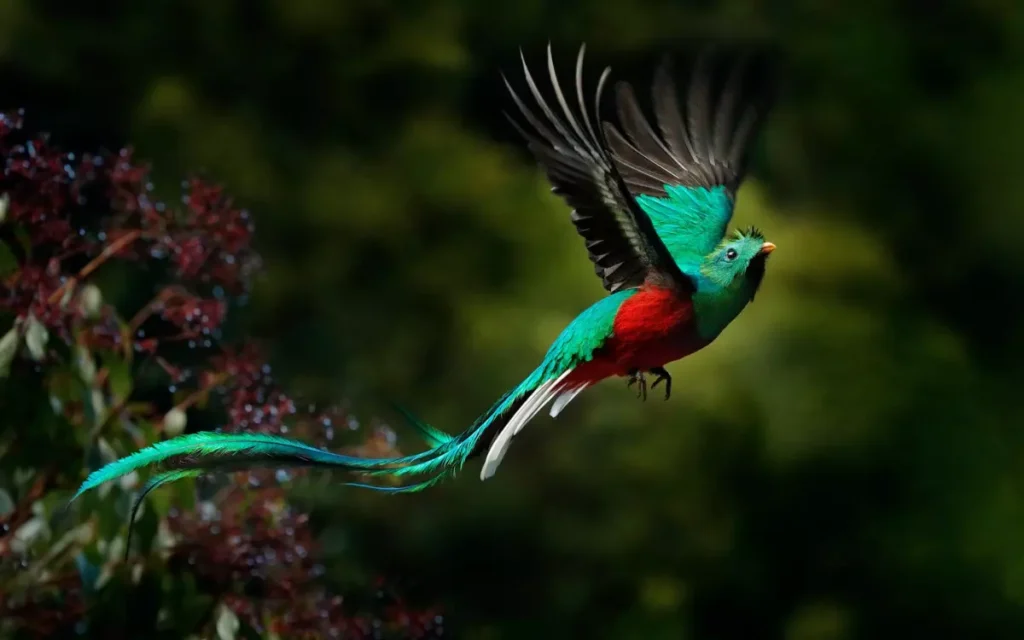
Found in the misty highlands of Central America, the Resplendent Quetzal is a breathtaking sight with its emerald-green plumage and ruby-red breast. Revered by ancient civilizations, it’s renowned for its vibrant feathers that were symbolically associated with freedom and power.
During its mating dance, the male displays its long tail feathers, creating an enchanting spectacle. These birds are master fliers, navigating dense forests with grace.
They feed on fruits, insects, and small vertebrates. Unfortunately, habitat loss threatens their existence, making efforts to conserve their lush habitats crucial.
- Location: Central America
- Size: About 36-40 cm
- Egg: Bluish-green with red speckles
- Wingspan: Approximately 66 cm
- Lifespan: Up to 15 years
- Habits: Known for its stunning iridescent plumage and distinctive courtship flights.
2. The Lyrebird – (Menura):
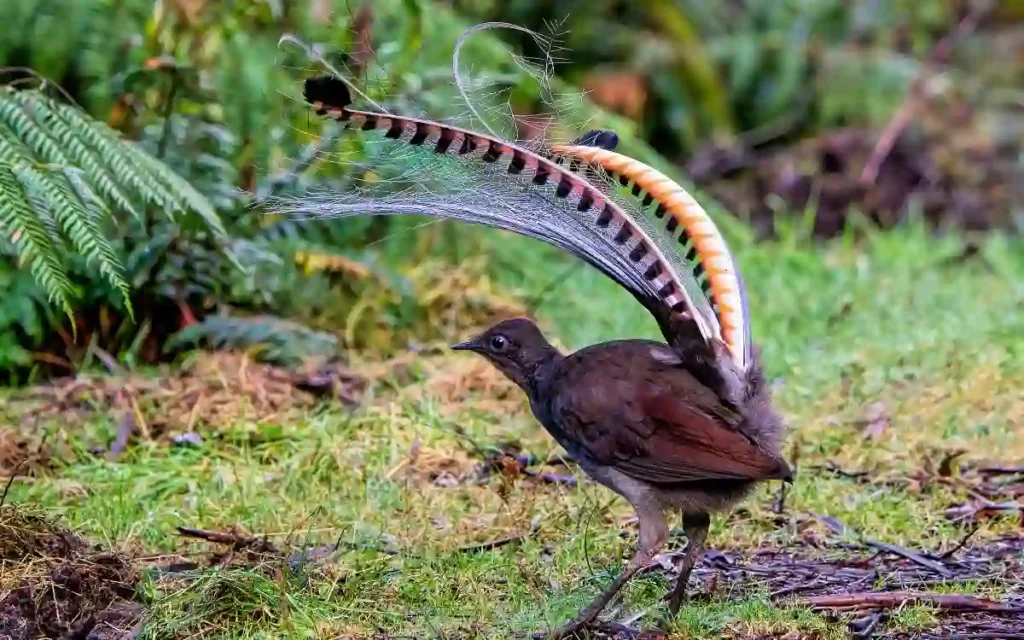
In the Australian wilderness, the Lyrebird captivates with its mimicry prowess. Its tail feathers resemble a lyre, an ancient musical instrument, enhancing its display during courtship.
From chainsaw sounds to camera shutters, these birds mimic a wide range of noises they encounter, showcasing their remarkable ability to adapt to their environment.
Their diet primarily consists of insects and small invertebrates. Lyrebirds play an essential role in maintaining forest health by aiding in the decomposition process through their feeding habits.
- Location: Australia
- Size: Up to 100 cm
- Egg: Small, pale with speckles
- Wingspan: Around 90 cm
- Lifespan: About 20-25 years
- Habits: Renowned for its exceptional mimicry of natural and artificial sounds.
3. The Atlantic Puffin – (Fratercula arctica):
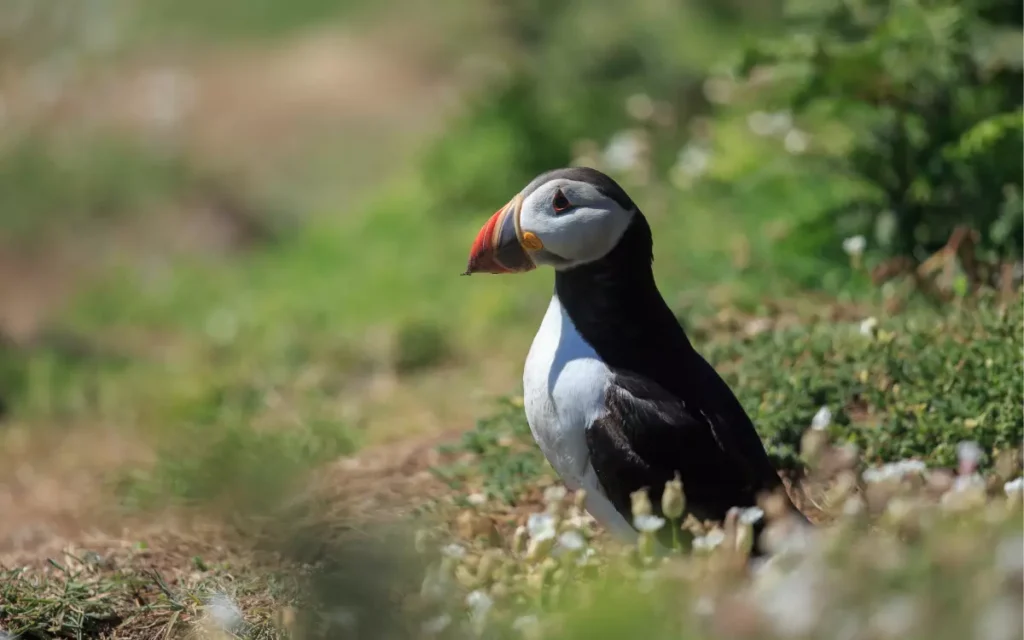
Nesting along rocky cliffs in the North Atlantic, the Atlantic Puffin is a charismatic seabird often referred to as the “clown of the sea” due to its colorful beak and endearing appearance. Remarkable divers, plunge underwater to catch fish and gather crustaceans.
Puffins are known for their burrowing nests, creating intricate tunnel systems. Their population has faced challenges due to overfishing, which impacts their food sources. Conservation efforts aim to protect their nesting sites and restore fish stocks.
- Location: North Atlantic region
- Size: Approximately 25 cm
- Egg: Large, oval-shaped with a white shell
- Wingspan: About 50 cm
- Lifespan: Up to 20 years
- Habits: Noted for its distinctive colorful beak and amusing way of holding fish.
4. The Andean Condor – (Vultur gryphus):
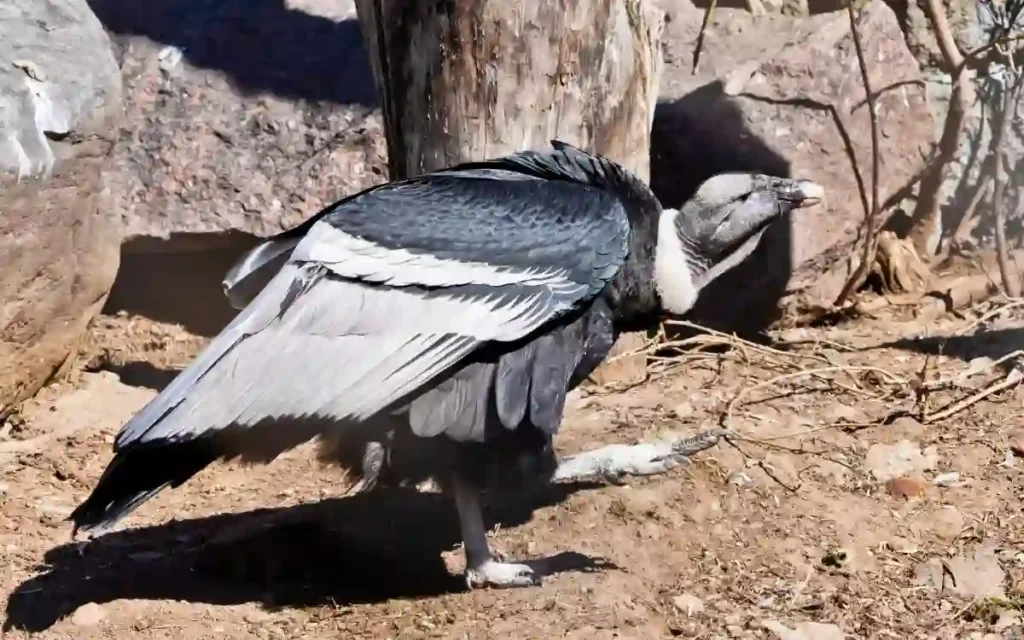
The Andean Condor, a majestic vulture, inhabits the rugged landscapes of South America’s mountain ranges. These iconic birds soar gracefully at high altitudes, using thermal updrafts to glide for hours without flapping their wings.
They are scavengers, playing an essential role in ecosystems by cleaning up carrion. In indigenous cultures, the Andean Condor holds spiritual significance as a messenger between the earthly and spiritual realms.
Sadly, habitat destruction, poisoning, and hunting have led to population decline, prompting conservation measures to safeguard their survival.
- Location: South America
- Size: Wingspan can exceed 3 meters
- Egg: Cream-colored with brown spots
- Wingspan: One of the largest wingspans in the world
- Lifespan: Up to 70 years
- Habits: Known for its soaring flight at high altitudes and symbolic significance in indigenous cultures.
5. The Arctic Tern – (Sterna paradisaea):
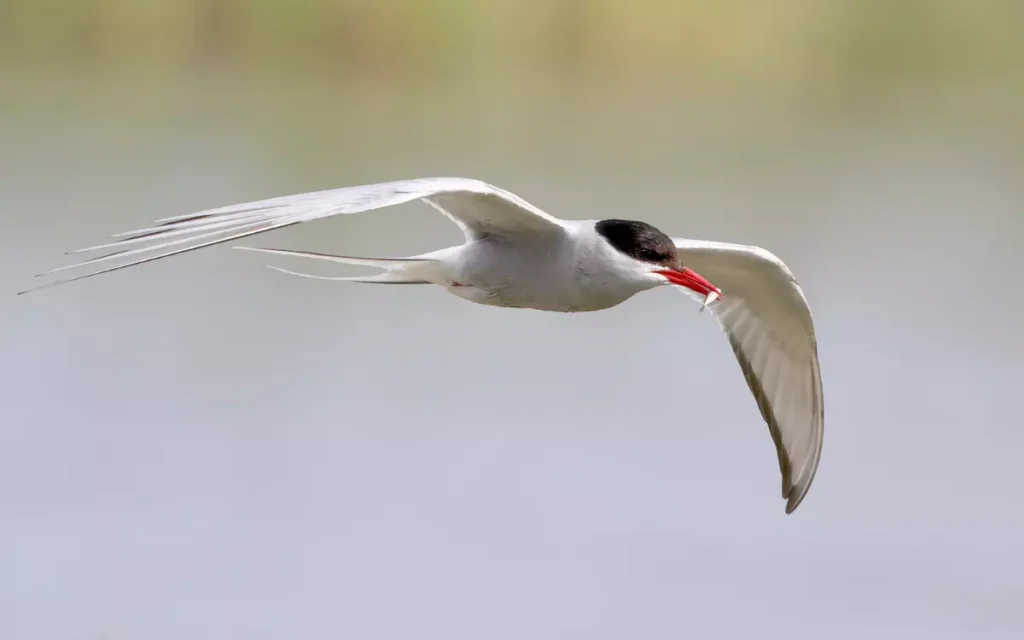
Embarking on one of the most epic migrations, the Arctic Tern journeys from the Arctic to the Antarctic and back each year, covering around 44,000 miles. This incredible feat demonstrates their endurance and navigation skills.
They thrive in polar regions, feeding on small fish and invertebrates. Known for their aggressive defense of nests, Arctic Terns will dive-bomb intruders to protect their young.
Climate change and disturbance at nesting sites threaten their population, highlighting the urgency of conservation efforts.
- Location: Global, migrates between Arctic and Antarctic
- Size: About 33-39 cm Egg: Speckled and cryptic
- Wingspan: Around 75 cm
- Lifespan: Up to 30 years
- Habits: Holds the record for the longest migratory journey of any bird.
Read also:-
- 34 Most Beautiful Bird In The Worlds (Picture,Call guide)
- 26 World’s Most Ugliest Birds (Picture,Location,size)
6. The Dancing Red-capped Manakin – (Ceratopipra mentalis):
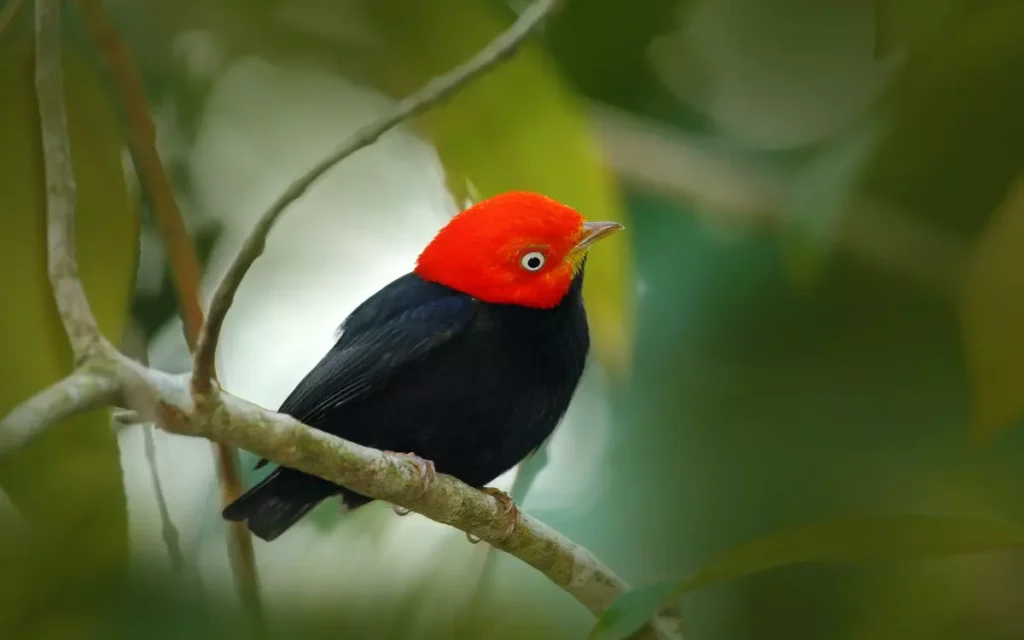
Native to the rainforests of Central and South America, the Dancing Red-capped Manakin is a spectacle of nature with its intricate mating dance.
The male performs an intricate series of hops, flips, and slides to woo females, emphasizing its fitness and coordination.
Their diet includes fruits and insects. Deforestation poses a significant threat to their habitats, underscoring the importance of preserving these biodiverse ecosystems.
- Location: Central and South
- America Size: Approximately 10-12 cm
- Egg: Small, cream-colored
- Wingspan: About 15 cm
- Lifespan: Up to 8 years
- Habits: Known for its intricate and coordinated mating dance, a fascinating spectacle in the bird world.
7. The Kea – (Nestor notabilis):
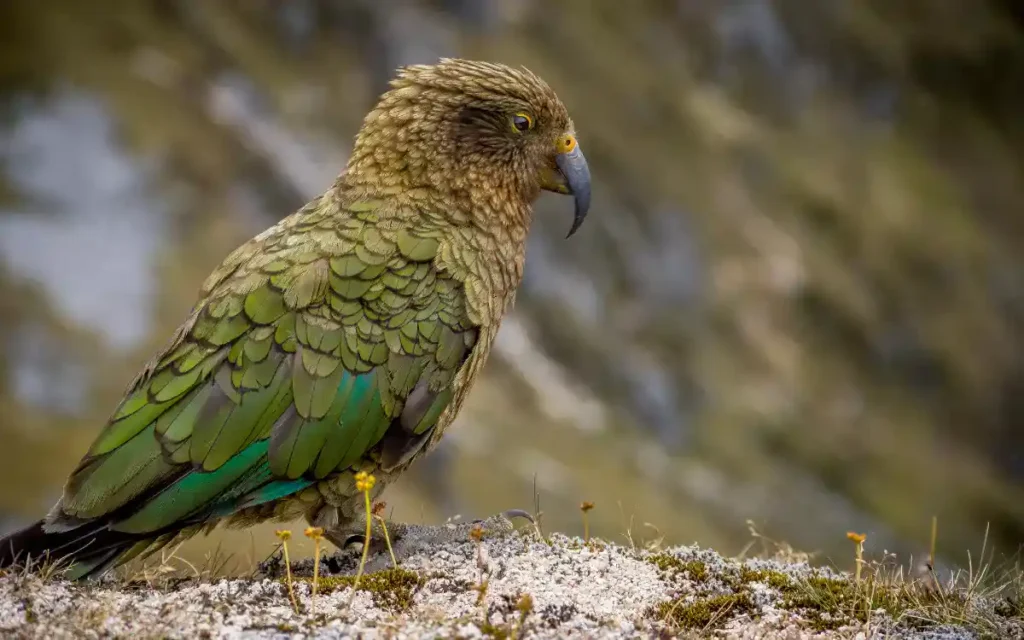
In New Zealand’s mountains, the Kea reigns as the world’s only alpine parrot. Highly intelligent and curious, they’re known to interact with human objects, including car antennas and hiking gear.
Keas are opportunistic feeders, consuming a variety of plant material, insects, and even carrion. Unfortunately, their playful behavior sometimes puts them in conflict with humans, leading to conservation concerns.
Efforts are underway to mitigate human-wildlife conflicts and ensure the survival of these charismatic parrots.
- Location: New Zealand
- Size: Up to 48 cm Egg: Creamy with brown speckles
- Wingspan: Around 95 cm
- Lifespan: Up to 20 years
- Habits: Notorious for its playful and mischievous behavior, often seen interacting with humans and even vehicles.
8. The Wilson’s Bird-of-Paradise – (Cicinnurus respublica):
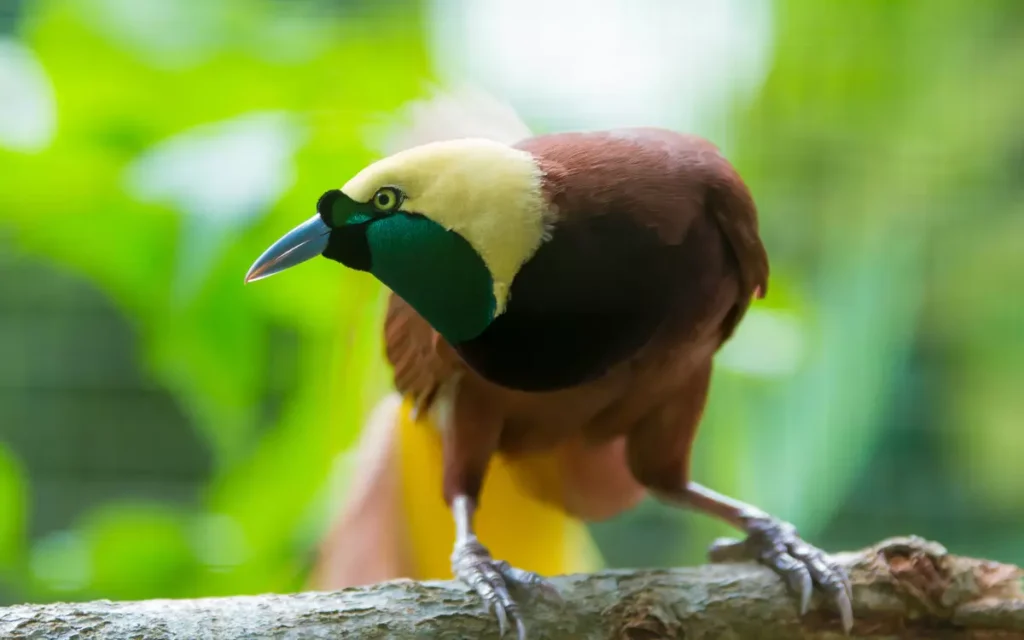
Adorning the dense forests of Indonesia, the Wilson’s Bird-of-Paradise captivates with its vibrant plumage and intricate courtship dance. The male creates a display area on the forest floor, transforming it into a stage adorned with moss and twigs.
As he dances, his feathers shimmer and shine, creating a mesmerizing sight. They feed on fruits and insects, contributing to forest regeneration through seed dispersal.
Habitat loss due to deforestation threatens their survival, prompting conservationists to focus on protecting their habitats.
- Location: Indonesia Size: About 15 cm
- Egg: Small, round with a glossy surface
- Wingspan: Approximately 20 cm
- Lifespan: Up to 5 years
- Habits: Renowned for its vibrant plumage and elaborate courtship displays that involve intricate dance routines.
9. The Hoopoe – (Upupa epops):
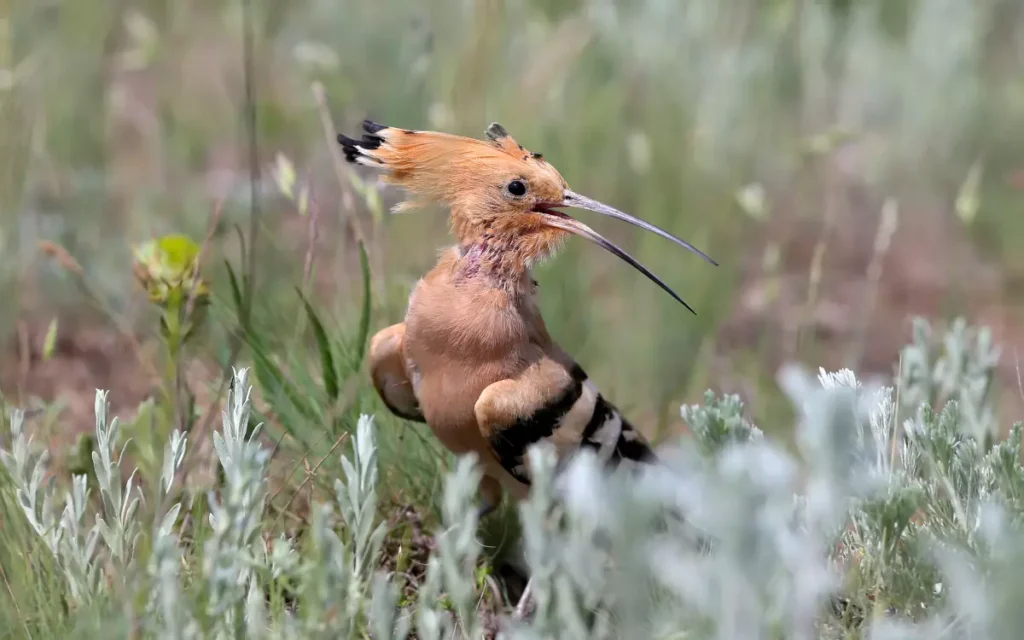
Across Eurasia, Africa, and the Sub-Saharan region, the Hoopoe graces landscapes with its distinctive appearance and enchanting calls. Their unique crown of feathers, often raised in excitement, adds to their charm.
Hoopoes feed on insects and larvae found in the ground by using their specialized bills. They have cultural significance in various societies, often representing happiness and protection.
Urbanization and habitat loss pose threats to these birds, emphasizing the need for habitat preservation.
- Location: Eurasia, Africa, and Sub-Saharan region
- Size: Up to 28 cm Egg: Creamy with speckles
- Wingspan: Around 44 cm
- Lifespan: Up to 10 years
- Habits: Recognized for its distinctive crown of feathers and its melodious call that sounds like “hoo-poo.”
10. The Bowerbird – (Ptilonorhynchidae):
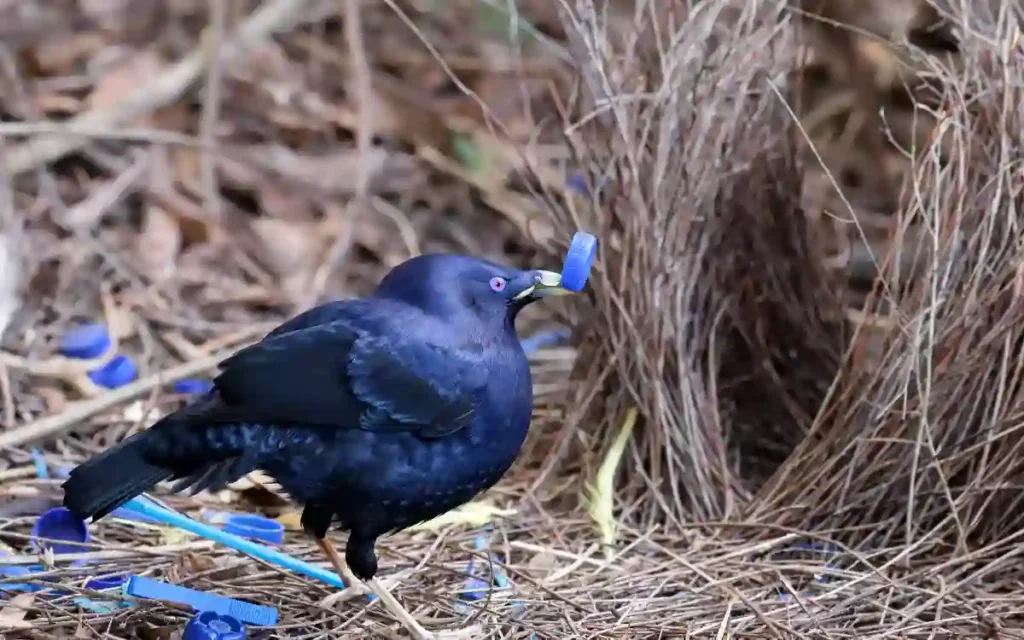
Thriving in Australia and New Guinea, the Bowerbird is known for its remarkable nest-building skills. Males construct intricate bowers adorned with colorful objects, showcasing their creativity to attract females.
These birds feed on fruits and insects, contributing to seed dispersal and pollination. Bowerbirds play a crucial role in maintaining healthy ecosystems.
Climate change and habitat loss threaten these architectural wonders, making conservation efforts vital.
- Location: Australia and New Guinea
- Size: Varies among species
- Egg: Small and usually pale
- Wingspan: Depends on species
- Lifespan: Varies among species
- Habits: Known for building elaborate bowers and decorating them with various objects to attract mates.
11. The Emperor Penguin – (Aptenodytes forsteri):
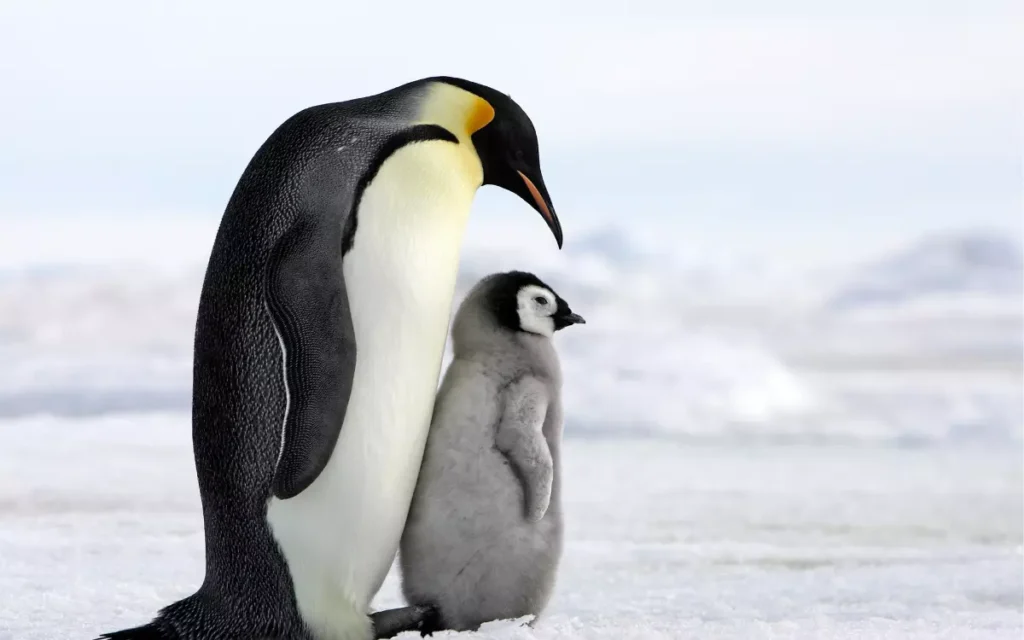
In the harsh landscapes of Antarctica, the Emperor Penguin embodies resilience and family bonds. Males incubate eggs through the harsh winter by balancing them on their feet and covering them with a flap of skin.
Their teamwork and communal huddles ensure survival in frigid temperatures. These penguins feed on krill and fish, playing a role in marine food webs.
Climate change affects their sea ice habitats, necessitating conservation strategies to protect their future.
- Location: Antarctica Size: Around 1.1 meters
- Egg: Small and white
- Wingspan: Approximately 1.1 meters
- Lifespan: Up to 20 years
- Habits: Famous for their communal nesting and unique way of incubating eggs during harsh Antarctic winters.
The Majestic Hunters:
12. The Bald Eagle – (Haliaeetus leucocephalus):
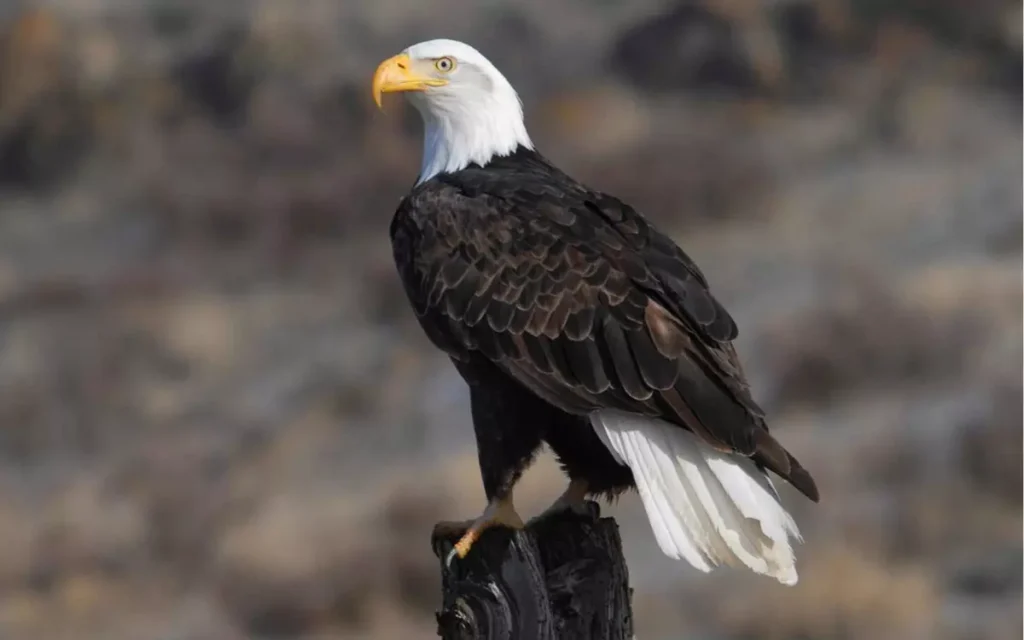
Symbolizing strength and freedom, the Bald Eagle is a North American icon known for its impressive hunting skills. With sharp eyesight, it locates fish from great heights and uses its powerful talons for capture.
These birds also scavenge carrions and play a role in maintaining healthy ecosystems. Conservation efforts have been successful in aiding their recovery from near-extinction, but ongoing vigilance is crucial for their continued survival.
- Location: North America
- Size: Wingspan can exceed 2 meters
- Egg: Large and white
- Wingspan: One of the largest in North America
- Lifespan: Up to 40 years
- Habits: A symbol of strength and freedom, known for its impressive hunting skills and sharp eyesight.
13. The Harpy Eagle – (Harpia harpyja):
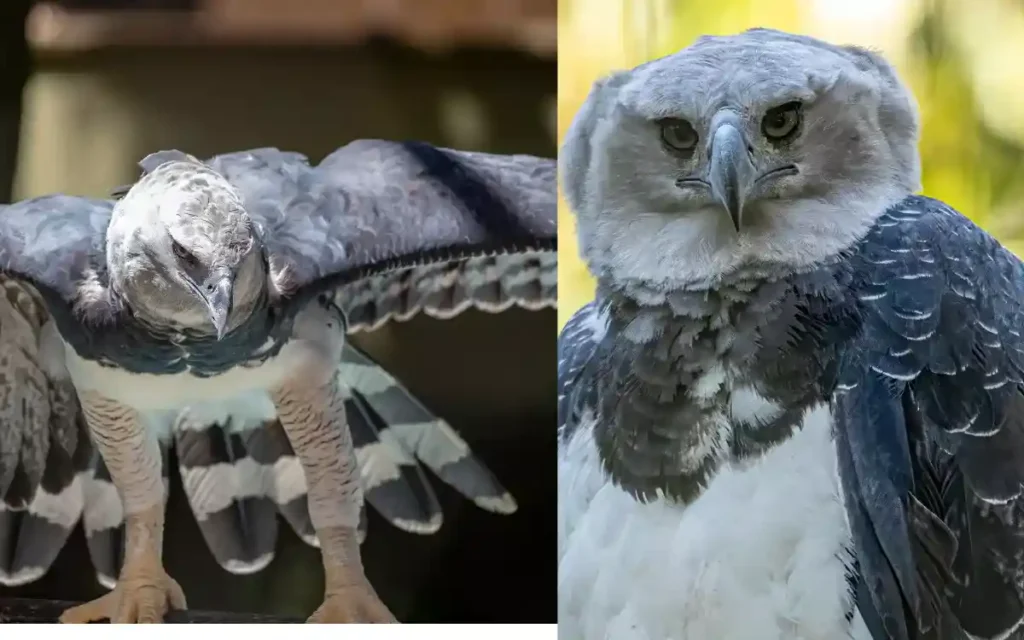
Dominating the canopy of Central and South American rainforests, the Harpy Eagle is a formidable predator. Named after a mythical creature, it boasts strong talons and a powerful beak, making it a top avian predator.
Harpy Eagles feed on mammals, sloths, and monkeys, helping to control prey populations. Habitat loss and illegal hunting threaten these impressive eagles, making conservation crucial for their survival.
- Location: Central and South America
- Size: Up to 102 cm Egg: Large and white
- Wingspan: Around 200 cm
- Lifespan: About 25-35 years
- Habits: Named after a mythical creature, this eagle is a powerful predator with strong talons and keen senses.
14. The Swainson’s Hawk – (Buteo swainsoni):
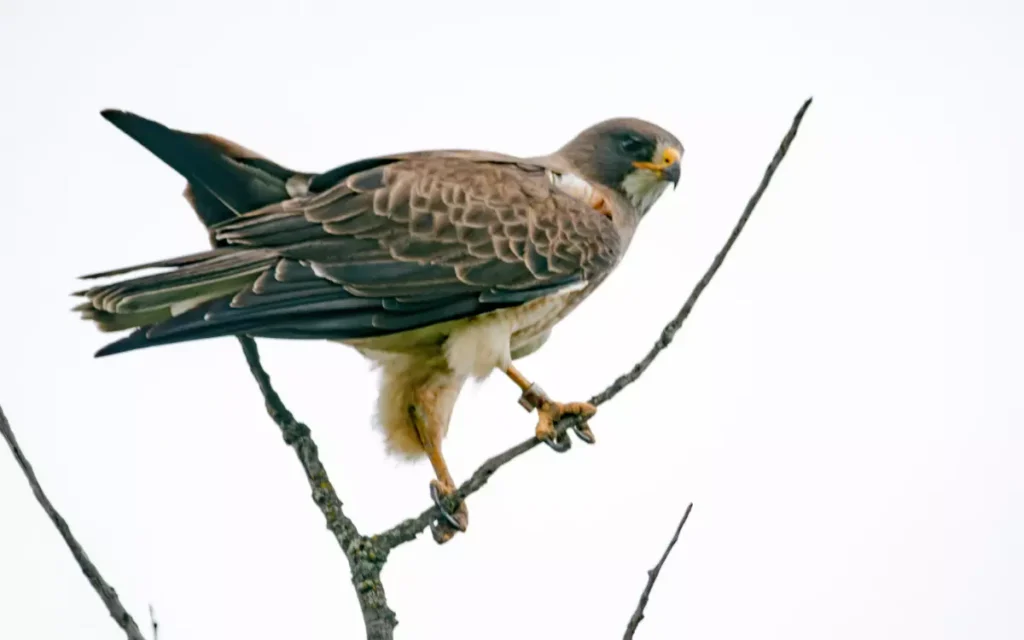
Migrating across the Americas, the Swainson’s Hawk showcases the astonishing ability of birds to navigate thousands of miles. They are skilled hunters, often catching prey while in flight.
Swainson’s Hawks contribute to rodent control, helping maintain ecosystem balance. However, habitat loss and exposure to pesticides during migration pose threats. Conservation efforts focus on safeguarding their breeding and wintering habitats.
- Location: North and South America
- Size: About 53-64 cm
- Egg: Small, pale with brown markings
- Wingspan: Approximately 130 cm
- Lifespan: Up to 25 years
- Habits: Known for its remarkable migration, covering thousands of miles from North to South America.
15. The Nightingale – (Luscinia megarhynchos):
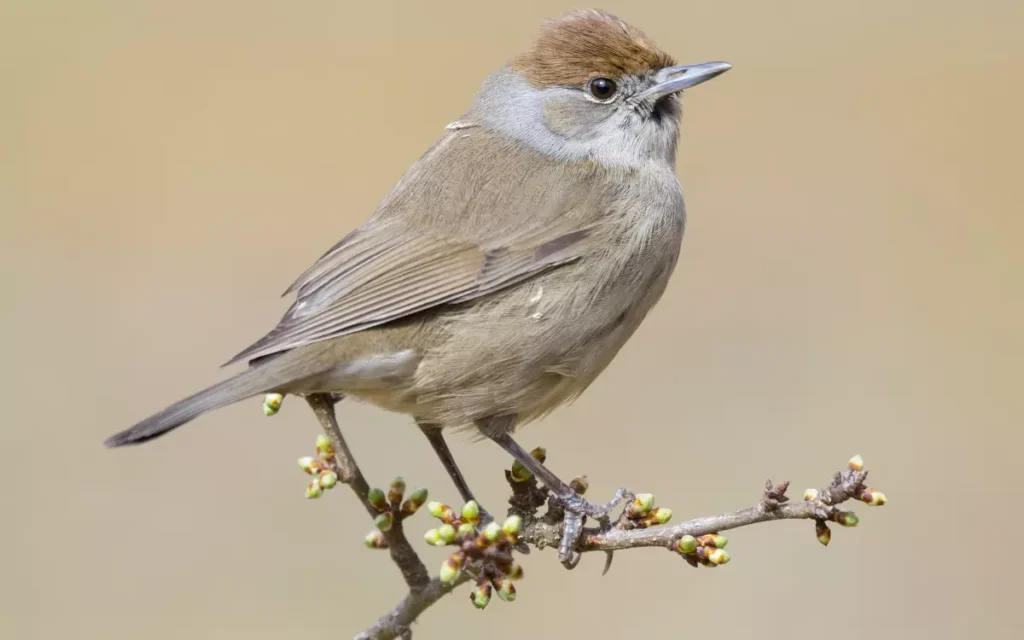
Nestled in European and Asian landscapes, the Nightingale enchants with its melodious song, often associated with poets and artists. Their tunes are complex and dynamic, often performed during the night.
Nightingales are insectivores, playing a role in controlling insect populations. Urbanization and habitat degradation challenge their nesting sites and threaten their survival.
- Location: Europe and Asia
- Size: About 15 cm
- Egg: Small and pale with speckles
- Wingspan: Approximately 20 cm
- Lifespan: Around 6 years
- Habits: Famous for its enchanting and melodious song that captivates listeners during spring nights.
16. The American Woodcock – (Scolopax minor):
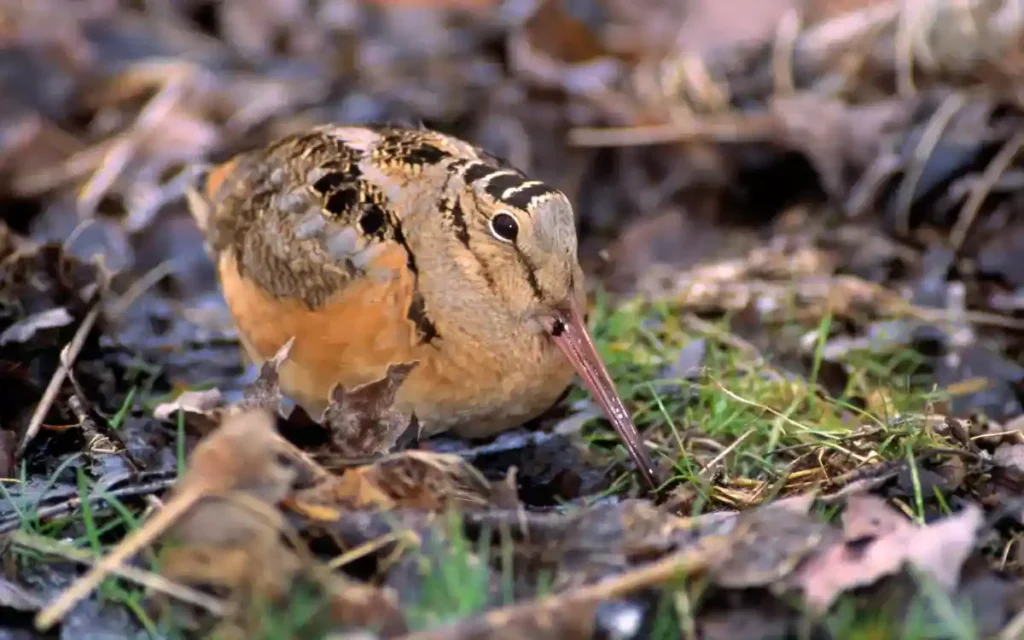
In North American woodlands, the American Woodcock’s unique “peent” call and elaborate aerial display are sights to behold during the breeding season.
They use their long bills to probe the soil for earthworms and insects, making them important contributors to soil health.
Urbanization and habitat loss impact their nesting areas, necessitating conservation measures to protect their habitat.
- Location: North America Size: About 23-28 cm
- Egg: Small and buff-colored
- Wingspan: Around 38 cm
- Lifespan: Up to 5 years
- Habits: Celebrated for its distinctive “peent” calls and elaborate aerial courtship displays.
The Oddities of Nature:
17. The Kakapo – (Strigops habroptilus):
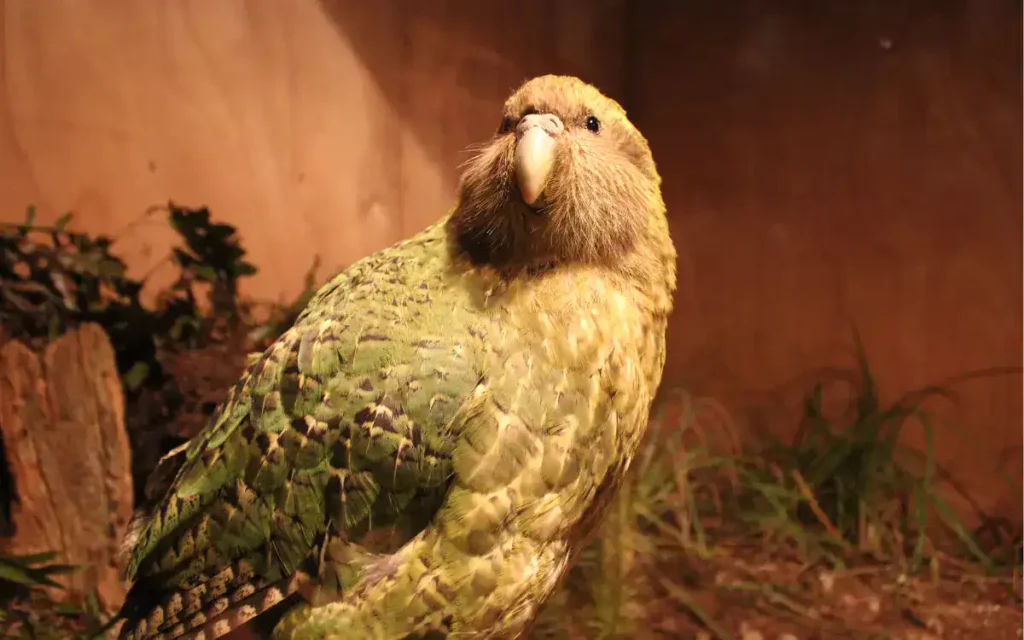
Roaming the remote landscapes of New Zealand, the Kakapo is a flightless parrot known for its friendly demeanor and sweet, musky scent.
These nocturnal birds feed on native plants and are essential for seed dispersal. With a critically endangered status, conservationists focus on eradicating introduced predators and providing safe habitats for these unique parrots.
- Location: New Zealand
- Size: Around 58-64 cm
- Egg: Large and green
- Wingspan: Approximately 60 cm
- Lifespan: Up to 60 years
- Habits: A flightless parrot that is nocturnal and known for its sweet and musky scent.
18. The Shoebill – (Balaeniceps rex):
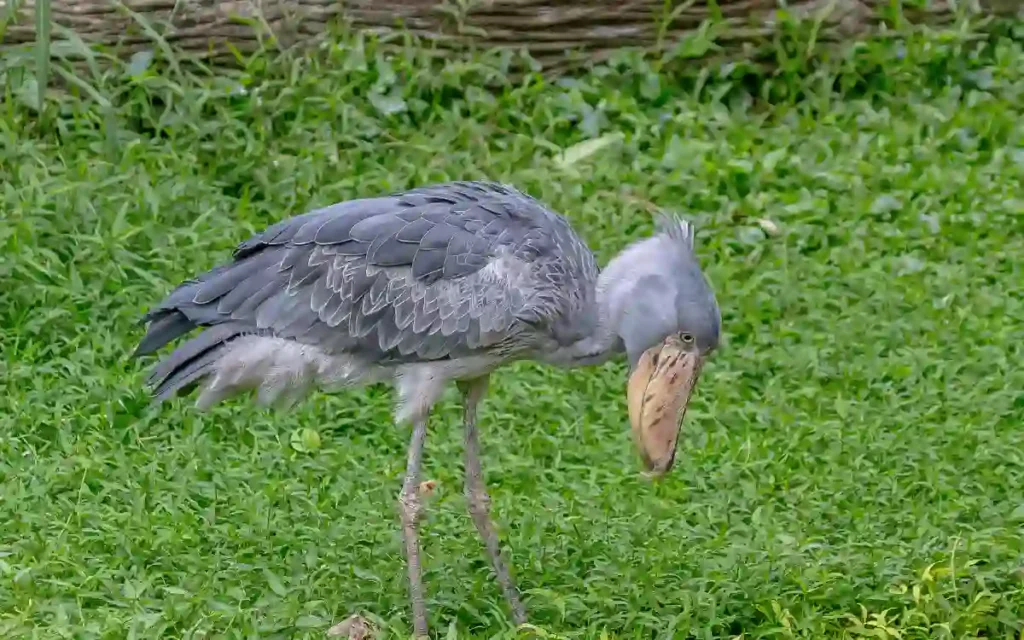
Wading through East African marshes, the Shoebill stands out with its unmistakable bill, shaped like a shoe. These skilled hunters patiently wait for their prey, which often includes fish and amphibians.
The Shoebill’s habitat is threatened by wetland degradation and human disturbance, emphasizing the importance of wetland conservation.
- Location: East Africa
- Size: Approximately 140 cm
- Egg: Large, pale with a chalky texture
- Wingspan: About 230 cm
- Lifespan: Up to 50 years
- Habits: Identified by its distinctive shoebill-shaped bill, this bird is a skilled predator of aquatic creatures.
19. The Rainbow Lorikeet – (Trichoglossus moluccanus):
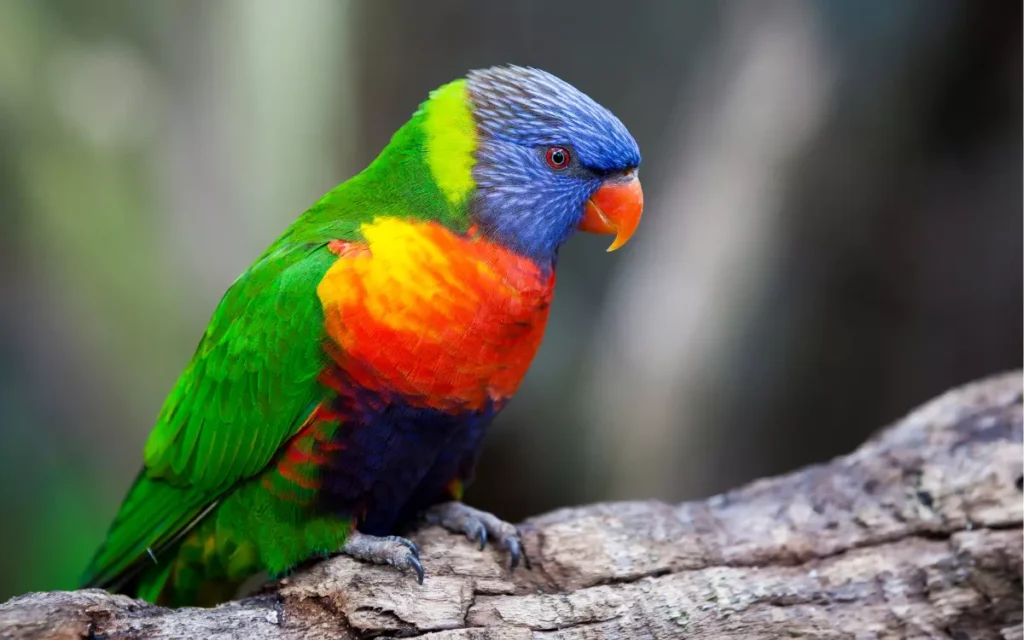
Infusing the Australian landscape with a burst of color, the Rainbow Lorikeet is a dazzling parrot adorned in vibrant hues. These social birds form lively flocks that flutter through woodlands, parks, and gardens.
With their specialized brush-like tongues, they feed on nectar and pollen from flowering plants, making them important pollinators.
The resonant calls of these lorikeets fill the air as they communicate with their fellow flock members. Urbanization and habitat loss can impact their foraging opportunities, underscoring the significance of preserving their native habitats.
- Location: Native to Australia.
- Size: 10-12 inches long.
- Egg: Typically lays 1-3 white, oval-shaped eggs.
- Wingspan: Around 14-16 inches.
- Lifespan: Up to 20 years in the wild.
- Habits: Social, feeds on nectar, pollen, fruits, and insects.
Answering the Call of Curiosity:
Q: What makes these birds so interesting?
Ans: These birds possess a variety of captivating traits, from unique physical characteristics to remarkable behaviors, making them intriguing subjects of study and admiration.
Q: How do these birds find their mates?
Ans: Birds use an array of methods to attract mates, including vibrant plumage, intricate dances, and melodic calls that signal their readiness to reproduce.
Q: What role do these birds play in their ecosystems?
Ans: These birds contribute to their ecosystems by pollinating flowers, controlling pest populations, and participating in nutrient cycling through their feeding habits.
Q: Are any of these birds under threat of extinction?
Ans: Yes, some of these birds face endangerment due to habitat destruction, climate change, and human interference. Conservation efforts are vital to their survival.
Q: How can I support bird conservation?
Ans: You can contribute by supporting organizations dedicated to bird conservation, advocating for habitat preservation, and raising awareness about the importance of these avian wonders.
Conclusion:
The 19 Most Interesting Birds in the World offer a stunning peek into nature’s creativity. Each bird, special in its own way, teaches us about biodiversity and the beauty of wildlife. Keep analyzing and learning!

